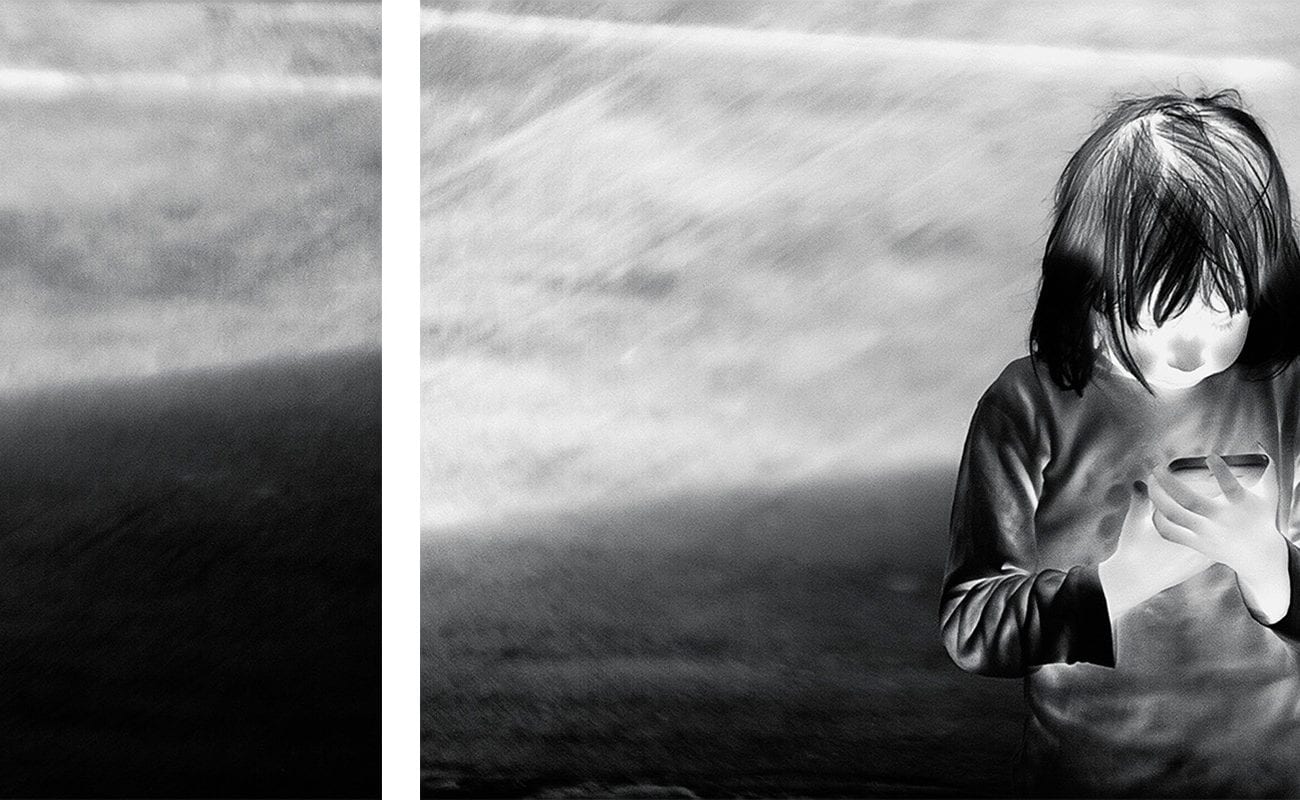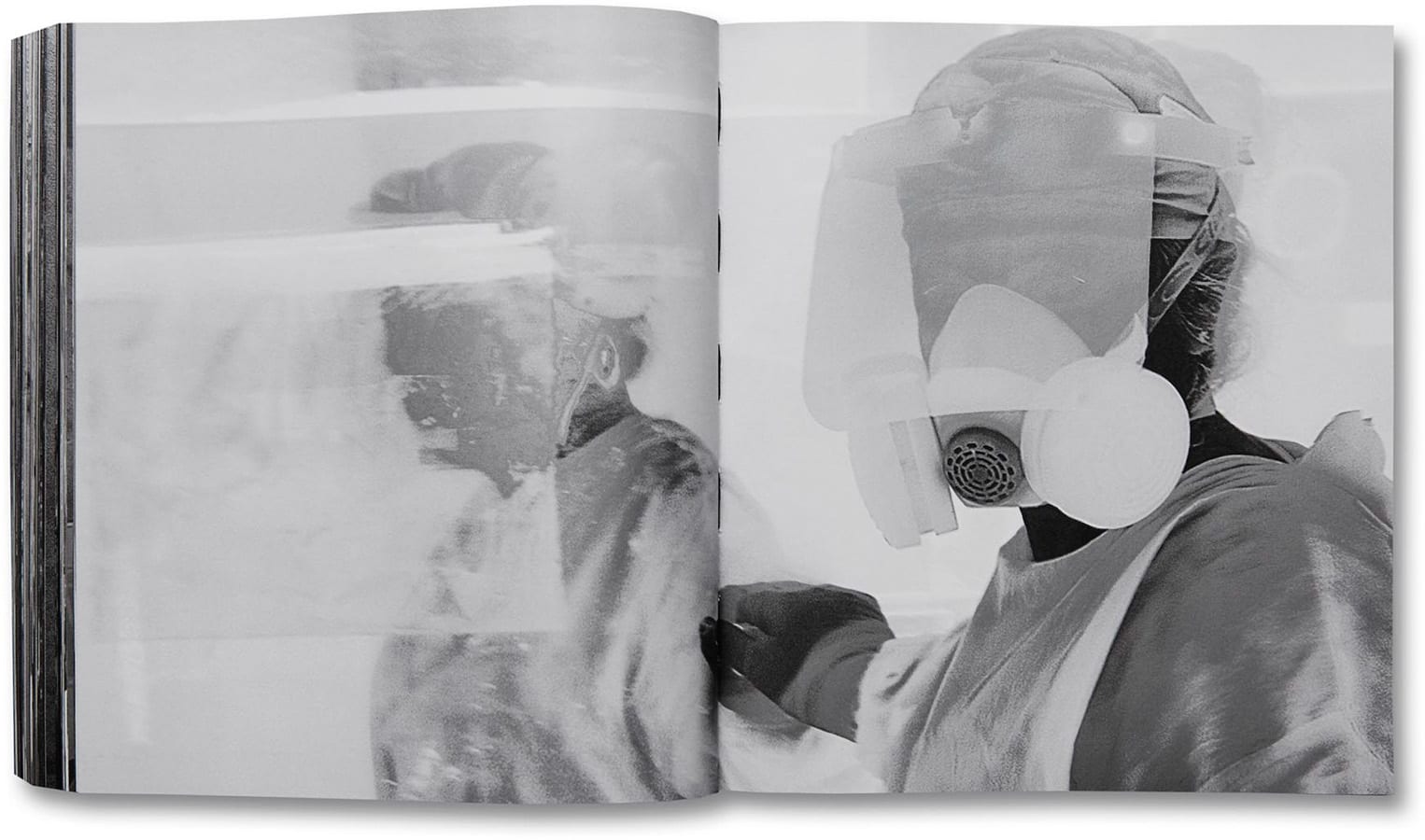“This situates the work in some contentious territory and indeed, much has been written on Mosse’s work, both praising his ability to deploy high-end, affective, cinematic spectacle, and critical of his position as a white, western artist “representing” the experience of migrants from a privileged cultural position and within an art structure that seems to indirectly perpetuate inequality.”
Hannah Arendt’s critique of human rights opens the argument of Giorgio Agamben’s 1998 essay ‘Biopolitics and the Rights of Man’. Echoing Arendt, Agamben asserts how the rights of man, both civil and human are intertwined with belonging to the nation state. The refugee, left destitute and stateless, becomes the ultimate test of the existence and effectiveness of human rights, an example of “bare life” without sovereignty.
As the key text in Richard Mosse’s latest book – Incoming on MACK, Agamben’s essay provides an appropriate frame in which to address both Incoming as a work of art or ‘conceptual’ photographic documentary and the current refugee situation which shows little sign of abatement while conflicts and climate change continues. This, along with the rise of populism and the threat of terror constitutes a global crisis that strangles us daily. Agamben proposes that we renew our concept of human rights such that it avoids isolating the refugee as an exception to rights granted through citizenry.
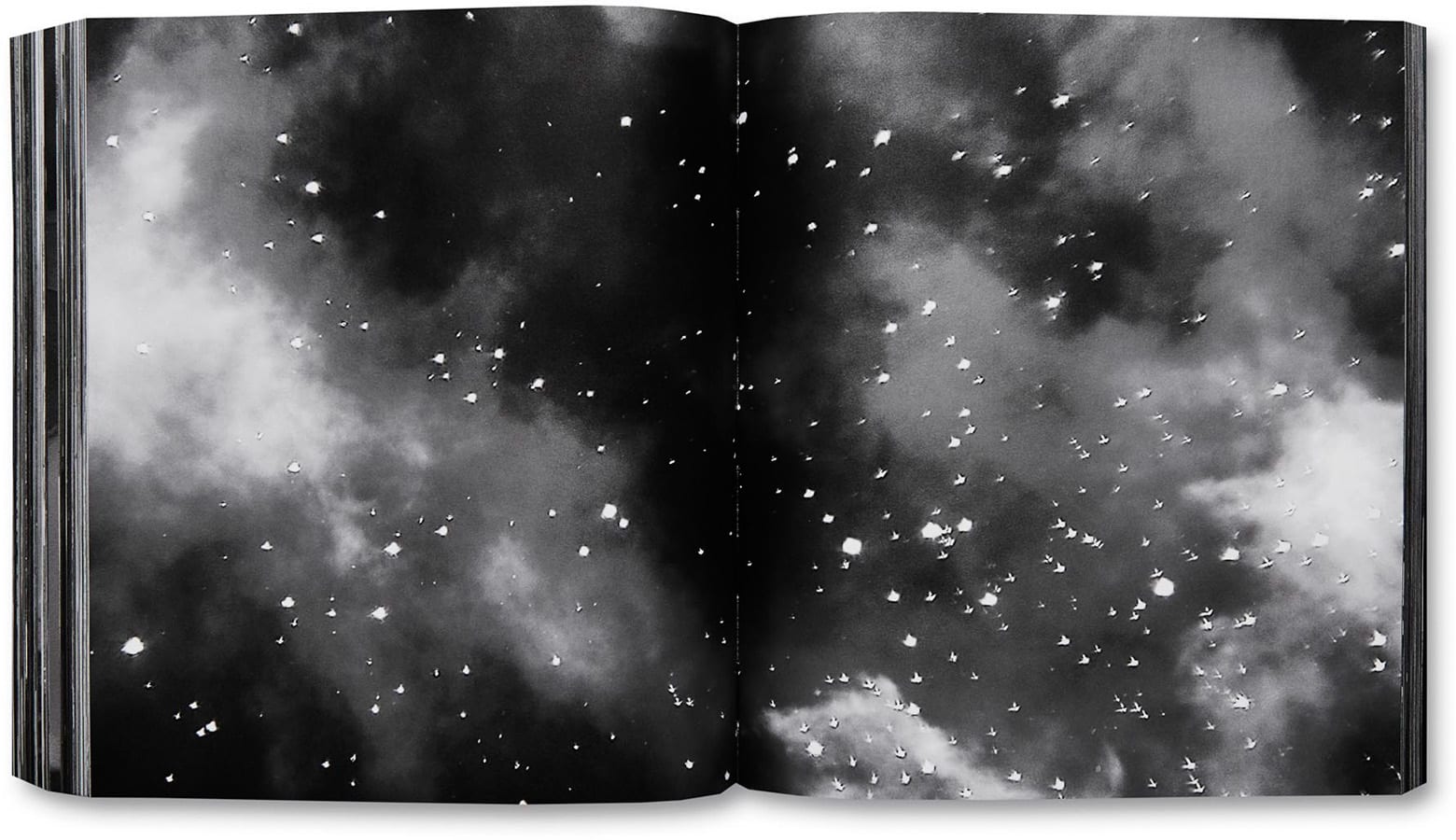
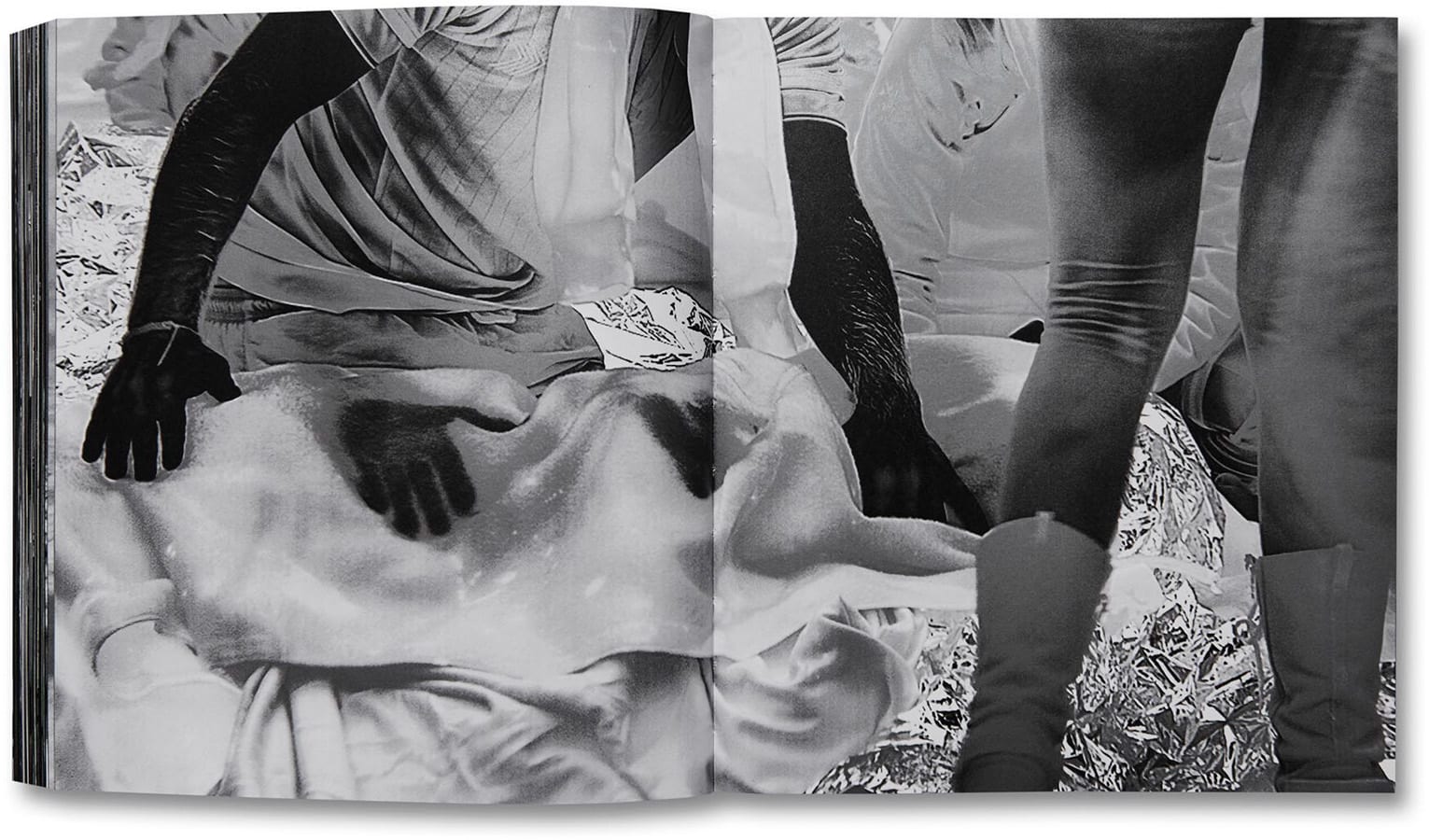 Mosse’s book accompanies his latest film installation at London’s Barbican Centre. It is a powerful work that addresses the refugee and migrant crisis using the actual military surveillance and intelligence gathering equipment used to monitor and control global political conflict. This situates the work in some contentious territory and indeed, much has been written on Mosse’s work, both praising his ability to deploy high-end, affective, cinematic spectacle, and critical of his position as a white, western artist “representing” the experience of migrants from a privileged cultural position and within an art structure that seems to indirectly perpetuate inequality.
Mosse’s book accompanies his latest film installation at London’s Barbican Centre. It is a powerful work that addresses the refugee and migrant crisis using the actual military surveillance and intelligence gathering equipment used to monitor and control global political conflict. This situates the work in some contentious territory and indeed, much has been written on Mosse’s work, both praising his ability to deploy high-end, affective, cinematic spectacle, and critical of his position as a white, western artist “representing” the experience of migrants from a privileged cultural position and within an art structure that seems to indirectly perpetuate inequality.
“Agamben’s ‘bare life’ is visualized through the refugees and migrants, desperate lives in search of a better future and for us, a potential vision of a dystopia where the extreme polarity between those of us inside and those outside is distinctly highlighted.”
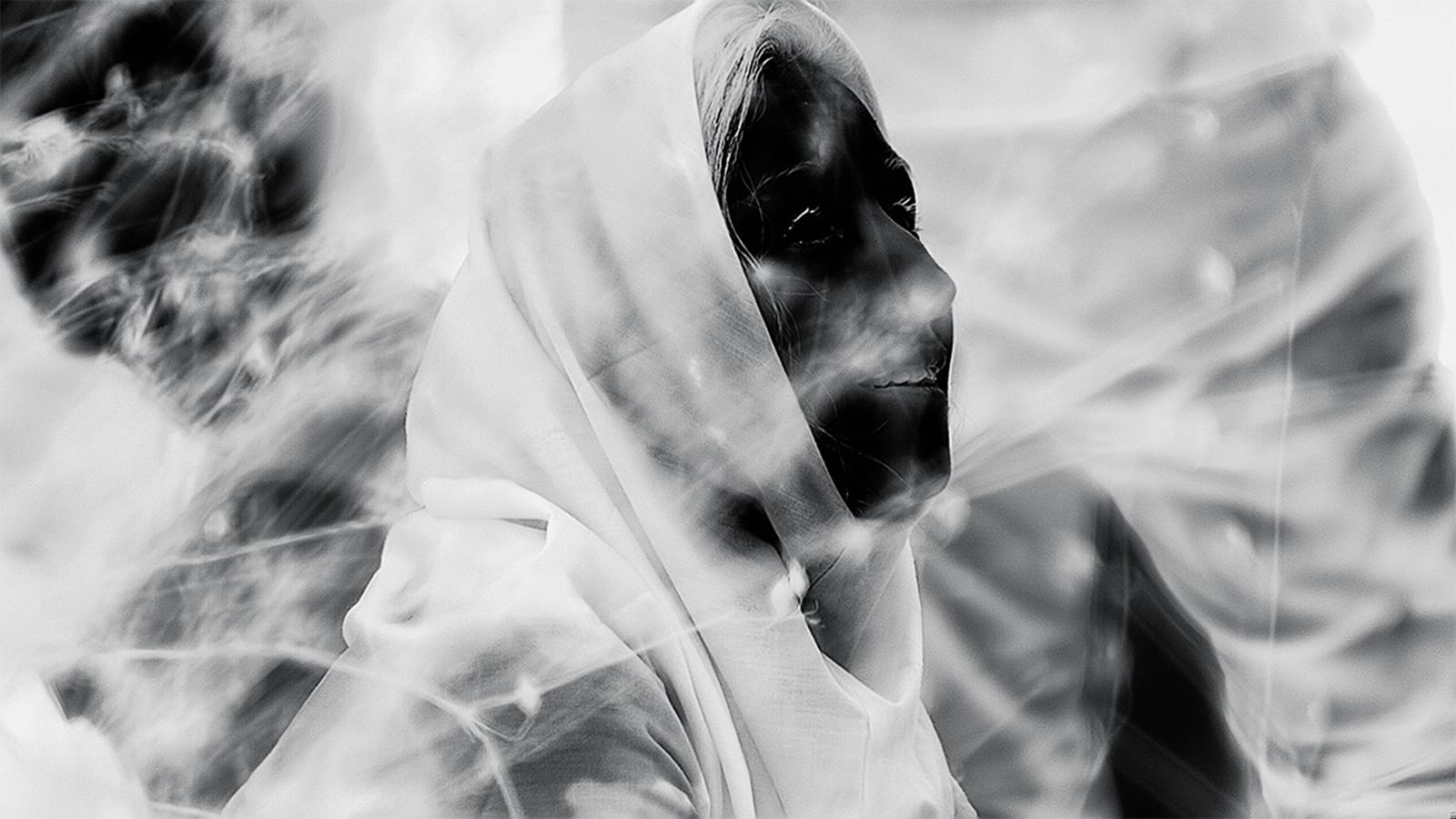
Despite this structural critique, Incoming also presents a disconcerting aesthetic experience as a film. It is visually compelling and impressive as an immersive installation while depicting some difficult-to-watch scenes that also render the human as alien-like, leaving the viewer with the unpalatable truth that this is reality. Agamben’s ‘bare life’ is visualized through the refugees and migrants, desperate lives in search of a better future and for us, a potential vision of a dystopia where the extreme polarity between those of us inside and those outside is distinctly highlighted. The camera’s thermal imaging captures these ‘outsiders’ as zombie-like, sub-humans being attended to by anonymous ‘insiders’ wearing hi-tech apparel.
The book’s 576 pages condense scenes from the film into a catalogue of stunning stills that follow a similar non-narrative sequence, although there is now time to linger on each image and contemplate Mosse’s work further. As with the film: distant reconnaissance of battle, waterfront scenes of migrants landing ashore on boats, footage inside camps and a medical center, at Berlin Tempelhof and at the former Calais ‘Jungle’ camp, on the aircraft carrier USS Theodore Roosevelt. Observation or documentation is interspersed with images that serve as symbols or metaphors: a full moon watches over the earth from the sanctity of space, a soaked sheet of fabric is twisted, tightly to ring out water, a painting or image of Christ is gently and carefully transported to some unknown place from another unknown place. The silver sheen of the film and photographic prints is worked into the book’s design with use of metallic tri-tone printing, painted black edges and a metallic silkscreen cover. Mosse is clearly fascinated by technology and its visual potential, in all its forms.
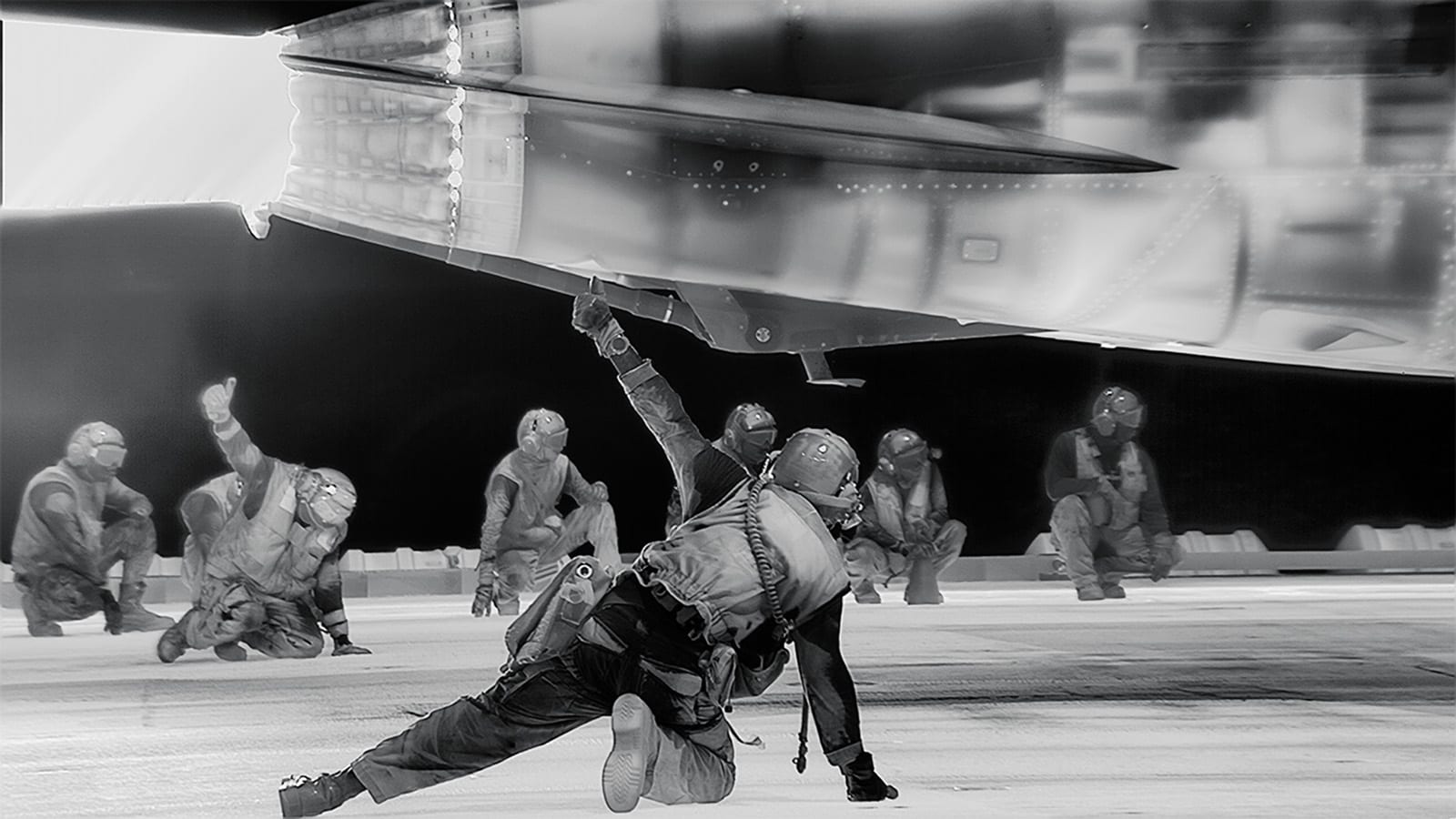
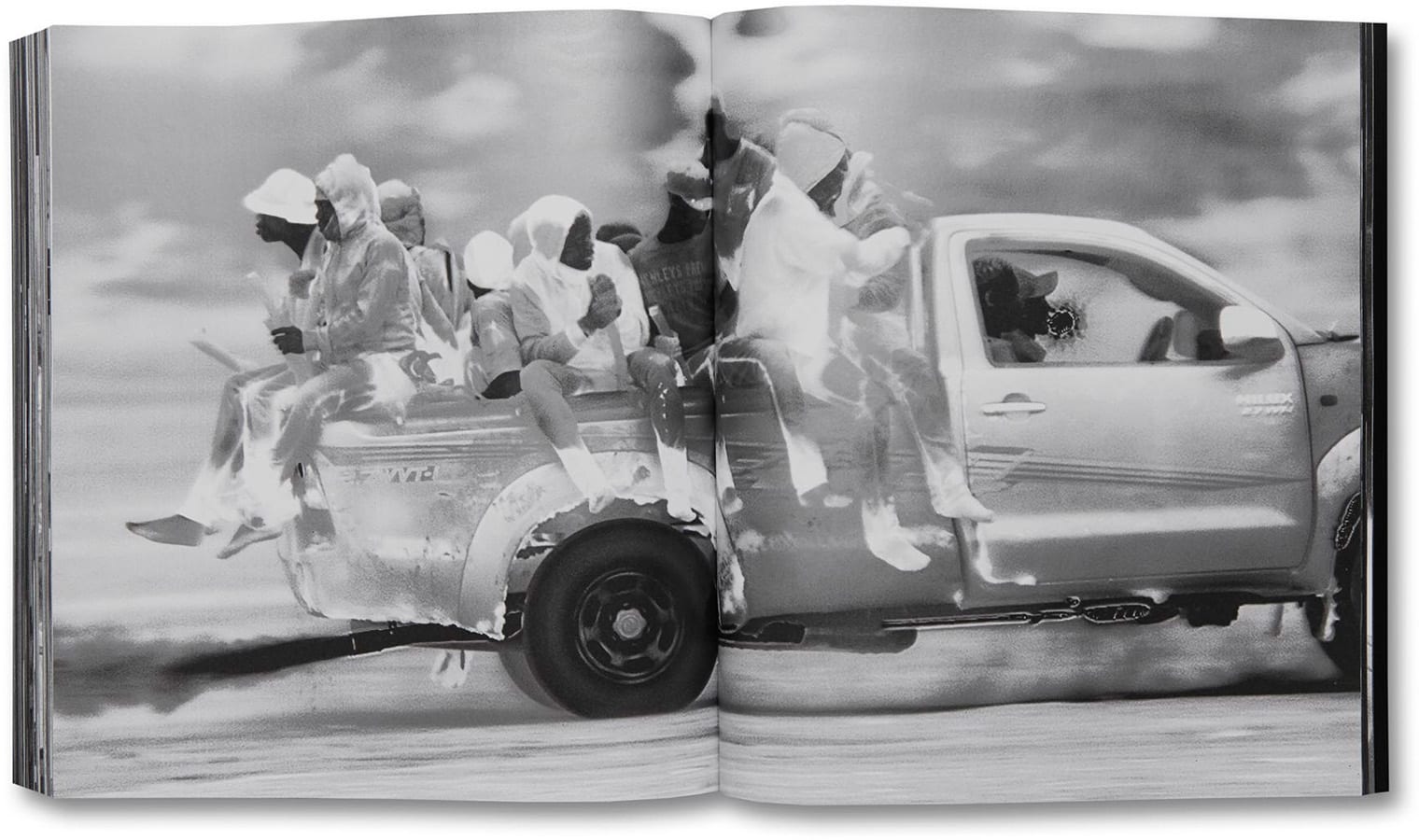
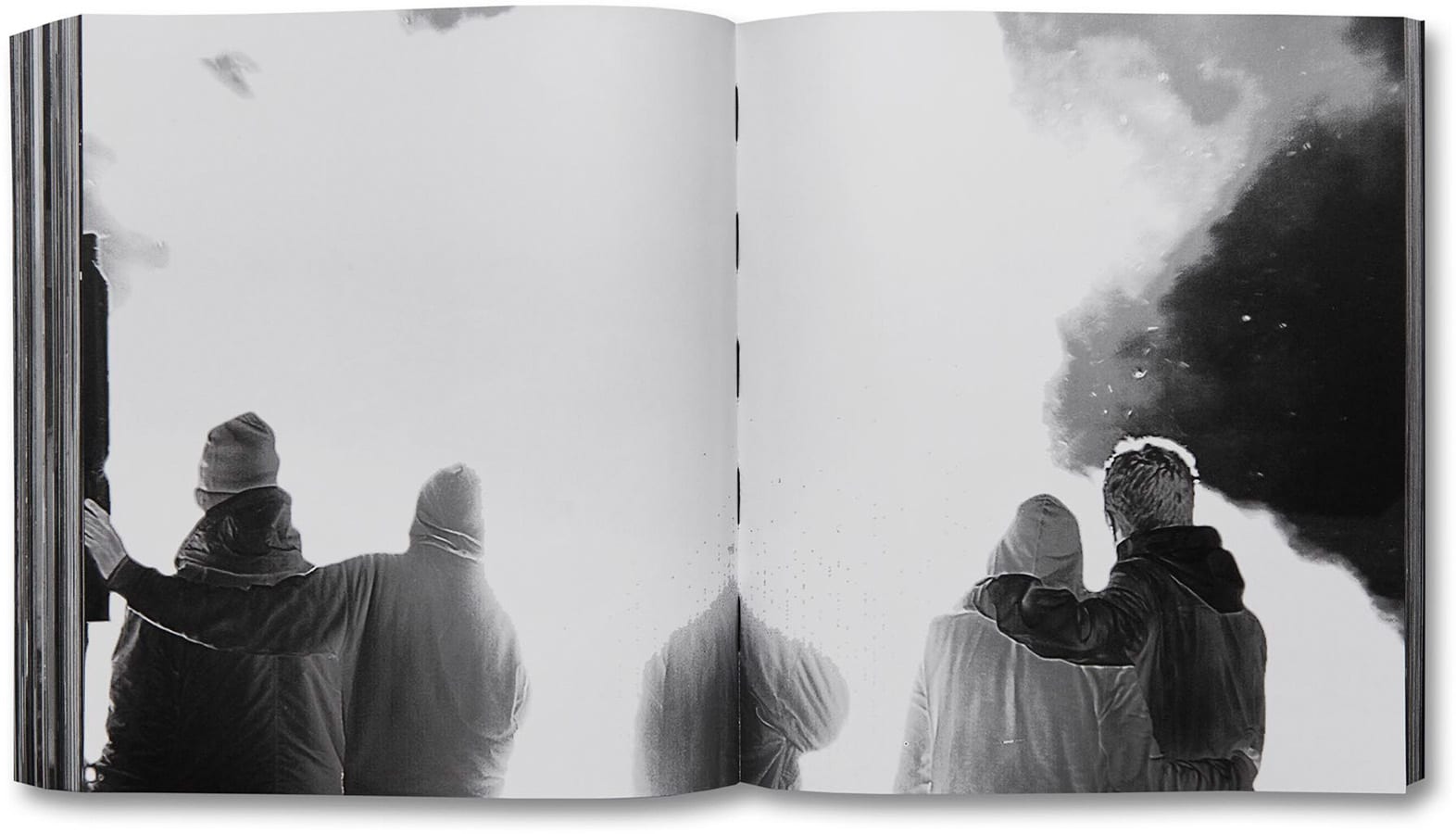 As photographers, one of the most fundamental impulses we have is our ability to connect with the world as it presents itself to us, and technology is central to how we do that. Mosse’s work emerges out of a documentary impulse, although it is positioned here as ‘Art’. If we are to view this as a ‘conceptual’ documentary project, it fails to recognize its own hand in production and so falls short of any structural and representational self-reflexivity; if, however, we are to view this as a subjective artwork made using Mosse’s sophisticated point-and-shoot, engaging with the landscape and the refugees in front of him, presenting new perspectives on the crisis, perhaps we can throw him some creative license?
As photographers, one of the most fundamental impulses we have is our ability to connect with the world as it presents itself to us, and technology is central to how we do that. Mosse’s work emerges out of a documentary impulse, although it is positioned here as ‘Art’. If we are to view this as a ‘conceptual’ documentary project, it fails to recognize its own hand in production and so falls short of any structural and representational self-reflexivity; if, however, we are to view this as a subjective artwork made using Mosse’s sophisticated point-and-shoot, engaging with the landscape and the refugees in front of him, presenting new perspectives on the crisis, perhaps we can throw him some creative license?
The binaries of thinking inside/outside, human/alien, refugee/citizen and even art viewer/art subject are brought to the very fore here through technology and the apparatus that makes and deploys it. This is ironic but also essential if we are to really feel the distinction between the rights we have as citizens of a nation state and the lesser rights that refugees have being stateless. This is the very distinction that Agamben proposes we abolish and reconfigure.
